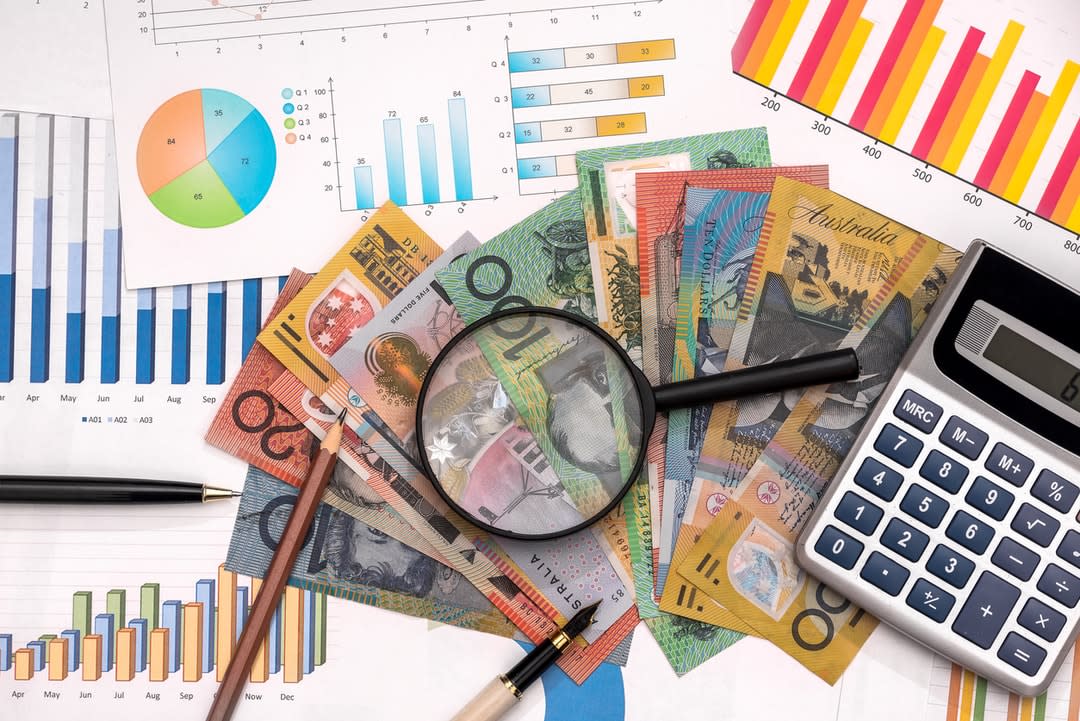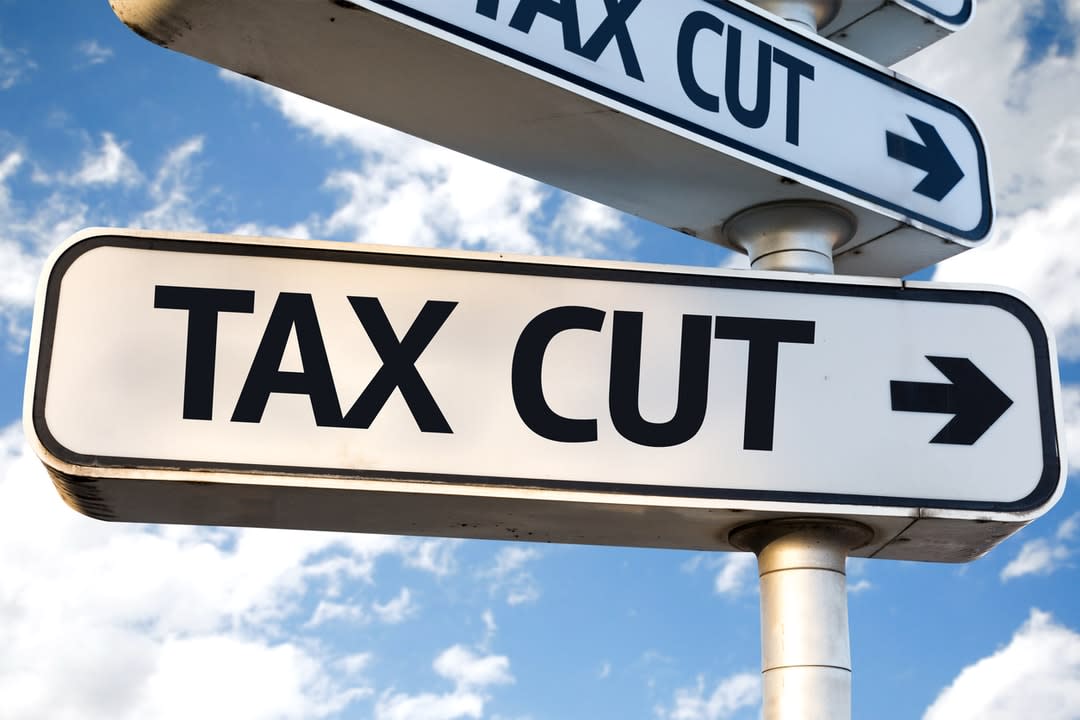Federal budget 2020 overview: Zeroing in on the debt, deficits, and fiscal stimulus
Debt and deficits as far as the eye can see. Like the "unsinkable" Titanic, the good ship Australia has hit an immovable object – a global pandemic, the ramifications of which will define the zeitgeist of this decade. Make no mistake, there will be no "Roaring '20s".
As recently as December 2019, Treasury’s Mid-Year Economic and Fiscal Outlook (MYEFO) forecast a $5 billion surplus. Modest surpluses were forecast as far as the eye could see through 2026-27, alongside generous tax cuts. Any prospect of surplus has now vanished, evanescing in a vast pool of debt.
MYEFO forecast net Commonwealth debt at $392 billion for 2019-20, or a mere 19.5% of GDP, the envy of the world’s finance ministers. In contrast, China’s public debt as a percentage of GDP is more than 51% ($US5.5 trillion). COVID spending in the US means public debt is forecast to reach 98% of GDP. And this year, UK public debt exceeded 100% of GDP, a feat unmatched since Harold Macmillan was prime minister in 1963, while Christine Keeler and Mandy Rice-Davies comfortably filled most of the British tabloids’ column inches.

Now, 2019 is a distant memory, as the budget deficit is forecast to reach $213 billion in 2020-21, $112 billion in 2021-22 and $87 billion in 2022-23, peaking at 44% of GDP – much lower than other countries, the Treasurer Josh Frydenberg was at pains to point out.
The prescription from Treasury is across-the-board income tax cuts, business deductions and massive fiscal stimulus, which will collectively generate more than $400 billion in deficits through 2023. And no new taxes. Voilà. Remarkable.
How will the government repay these colossal debts? The recipe for this magic pudding consists of a GDP growth forecast of 4.75% (-1.5% in 2020). If realised, these Herculean projections would make Australia a tiger economy among developed countries. The Treasurer told media during budget lock-up that Chinese growth of up to 9% (currently 1.1%) will drive the global recovery. Which means Australian budgets are now officially "Made in Beijing".
Is this an election budget? Sure – if there’s an early one in 2021.
Hold onto your hats – it’s going to be a hell of a ride.
The winner takes it all
Who wins and loses from the federal budget? If you earn $90,000 (or, better still, $140,000 to $200,000), you can look forward to a sizeable tax reduction – about $1000 this year. If you earn $190,000, congratulations – you'll be paying $10,000 less in income tax by 2024.
The tax cuts will be backdated to 1 July, 2020; those earning $200,000 will gain almost $2500 in the current fiscal year. Eleven million taxpayers will benefit. But when average Australian pre-tax earnings are $82,500 per annum, the tax cuts raise equity questions, as low and middle-income earners will gain little from the next tranche of tax cuts. Even more seriously, people on Jobseeker, or those who face the real prospect of short to medium-term unemployment, will gain nothing from the revamped tax scales.

For first home buyers, $1 billion will provide support for an additional 10,000 first home buyers who qualify for the 5% First Home Loan Deposit Scheme.
For women, the budget now funds the previously-unaffordable ovarian cancer treatment Lynparza, which will now be available via the Pharmaceutical Benefits Scheme. The Treasurer was careful to single out women in his budget speech, but there appears precious little in it for them. For older Australians, 23,000 additional home care packages will be available, allowing senior citizens to remain in their own homes. There will little Christmas joy for pensioners, though – a mere $500 in the form of two $250 payments.
It's slim pickings for the higher education sector, too. The budget will invest $1 billion in research, and $251 million for 50,000 places in online short courses for upskilling. For universities, an additional $299 million will fund up to 12,000 undergraduate university places in 2021 – on average, a mere 300 places for each university.
To promote the commercialisation of university research, the government has allocated a rather miserly $5 million. None of this will cover the significant shortfalls universities have experienced with the loss revenue from international students.
Taking care of business
Businesses and sole traders should start swiping the corporate credit card tonight, because every business-related purchase is now instantly deductible. The government has significantly scaled up "immediate expensing" of business inputs (previously limited to $30,000 per purchase) at a cost of $26.7 billion, with virtually every business eligible (with turnover of less than $1 billion per annum).
Used assets valued up to $150,000 are also eligible now. That means anything – anything – business-related is now fully tax-deductible. Are you a sole trader who’s had their eye on a Porsche Boxster? Frydenberg has just given you the green light.

Business will also be able to "carry back" losses from 2019-22 to offset profits previously taxed over the next three fiscal years. Combined, the expensing and losses carry back measures amount to effective tax cuts for business of $316 billion, dwarfing the income tax cuts.
JobMaker appears in the form of credits for businesses who hire young employees. Treasury estimates this will support – not create – 450,000 jobs for young Australians. A week ahead of the budget, Frydenberg and Morrison flagged a loosening of credit lending criteria to shore up small and medium businesses.
A manufacturing revival?
The government’s biggest challenge is transitioning the budget from COVID-induced deficit spending and stimulus, to investing in services infrastructure and reindustrialisation by reinvigorating manufacturing.
Construction projects, such as the new Western Sydney international airport, will add considerable capacity to NSW’s in-bound tourism and business sectors. Fintech services, such as real-time payments systems, are part of the government’s strategy to transition from JobKeeper payments to the revival of employment growth in the services sector.
But the government’s pre-budget announcement of $1.5 billion for a "manufacturing revival" is too little, too late – $1.5 billion buys you a few apartment blocks; it does not buy you a rejuvenated manufacturing industry.
Put simply, Australia’s factor costs, such as land, energy and labour, are major barriers to market entry, and a disincentive to domestic and foreign investors to risk capital in any sector other than those that are clearly profitable, such as resources. Critics, quite rightly, argue that the $1.5 billion should be boosted at least tenfold, if the government is serious about rebuilding Australia’s manufacturing capacity.
Climb every debt mountain? Not likely
No Australian government since 1950 has faced such a debt mountain. The colossal costs manifest in combating the COVID-19 pandemic has seen public borrowing balloon to $703 billion in net public debt, with the debt ceiling (that is, how much money Parliament allows the government to borrow) now raised to a cool $1 trillion. Yes, a trillion.
For the foreseeable future, Australians will have to get used to these big public debt numbers, with estimates of 70% of GDP by 2032. But there's light at the end of the tunnel.
First, Australia borrows in its own currency at a very low rate of interest (less than 0.9%); thus, the cost of debt is extremely low. Second, the government has committed to pre-COVID levels of recurrent expenditure, meaning that the structure budget expenditure going forward is unlikely to change substantially.
Take the money and run
On the domestic front, the government is gambling on a boost to consumption and business spending via massive fiscal injections. But if consumers squirrel away the tax cuts, and firms don’t spend for fear of further COVID uncertainty, there's no plan B. Sceptical of the government’s optimistic prognoses? You’re right to be.

But the question is, with generous income tax cuts locked in for the foreseeable future, and large deficits at least through 2023, how will the government deal with the COVID-induced debt and repair the budget sensibly and sustainably? The answer is, inevitably, consumption taxes must increase. Just not yet.
But there’s one group of professionals that will be cracking open the Veuve Clicquot tonight – accountants.
And you can take that to the bank.





